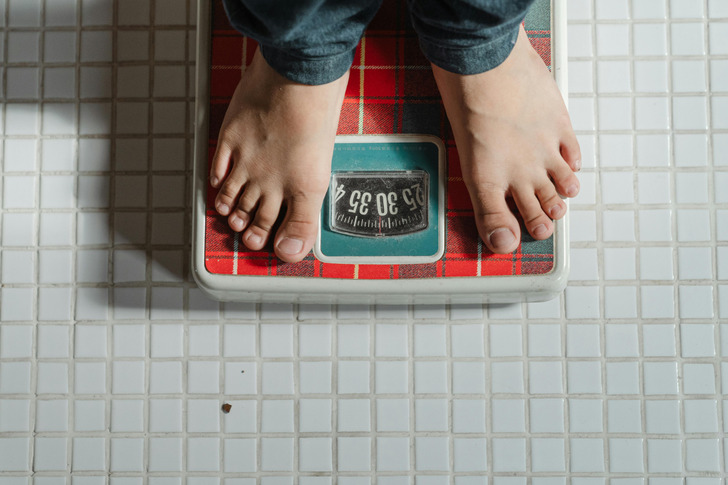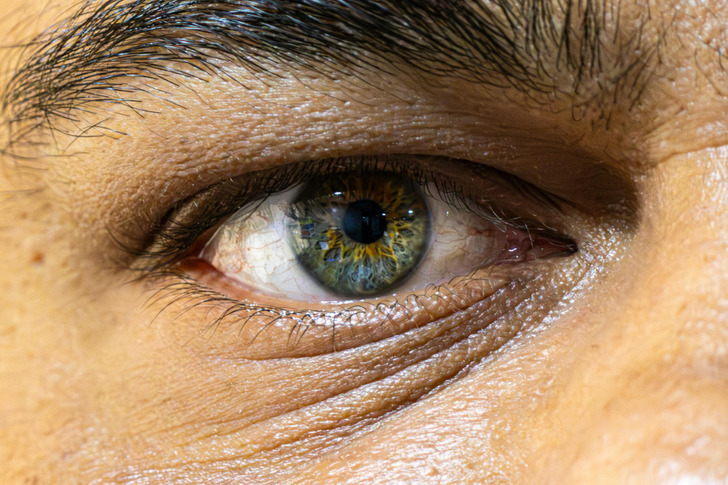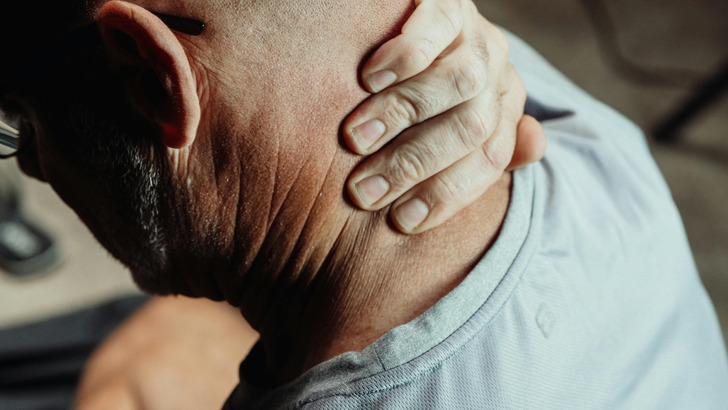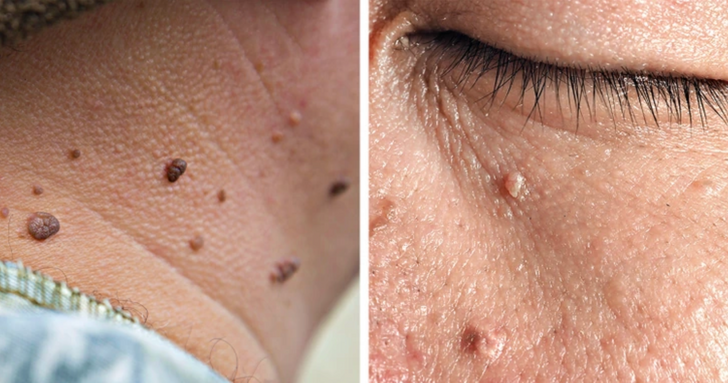I had those feeling, and yeah, it was diabetes :(
6 Sneaky Diabetes Symptoms You Might Miss
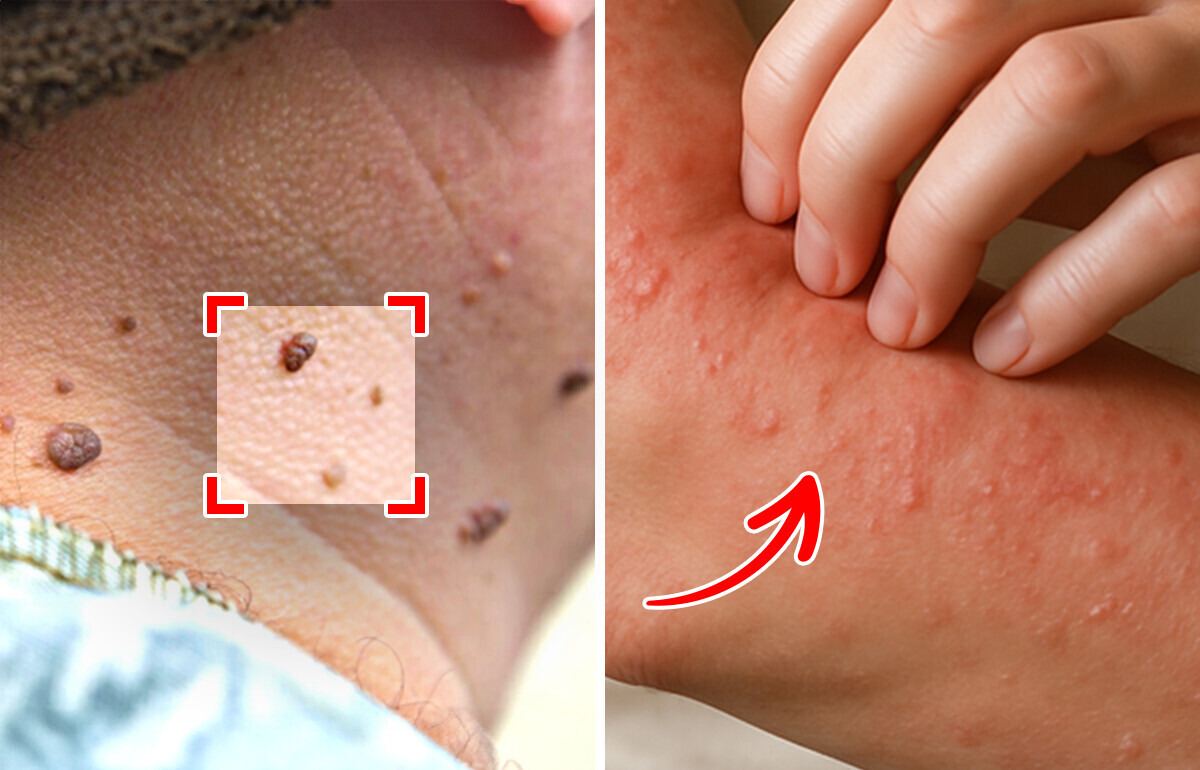
Diabetes often sneaks up with few clear signs. Many ignore small warning signals, but catching them early can make a big difference. Here, we’ll cover 6 symptoms your body uses to say, “Pay attention,” so you can act before it worsens.
CONTENT IS PROVIDED FOR INFORMATIONAL PURPOSES ONLY AND IS NOT INTENDED AS A SUBSTITUTE OF MEDICAL ADVICE.
SEEK GUIDANCE OF YOUR DOCTOR REGARDING YOUR HEALTH AND MEDICAL CONDITIONS.
Itchy Skin
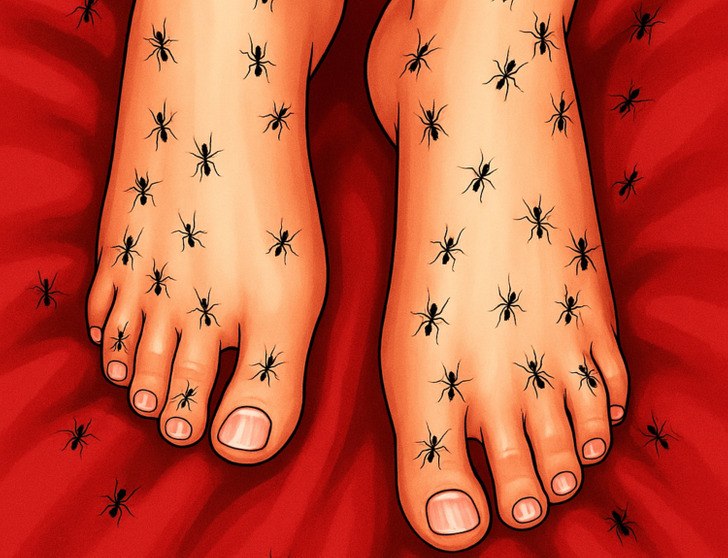
If your hands or feet start feeling tingly or go numb, it could be a red flag for prediabetes. When blood sugar runs too high for too long, it can mess with your tiny nerves, a problem called diabetic neuropathy. Along with the pins-and-needles feeling, you might notice a burning sensation in your hands, arms, or feet, or even feel like your socks are bunched up under your toes when they’re not.

Catching prediabetes early and getting the right treatment can help ease these symptoms and cut your chances of ending up with diabetic neuropathy.
A simple blood test can tell you if you’re in the prediabetes zone. There are a few kinds of tests, and they’re the same ones doctors use to check for type 2 diabetes. Your best bet? Talk to your primary care doctor and see if it’s time to roll up your sleeve.
Unintentional Weight Loss
You might find yourself hungrier than usual but still dropping pounds without even trying. That’s because the sugar from your food isn’t making it into your cells to be used as fuel. So, your body starts burning through stored fat and muscle instead, which can cause weight loss you never planned on.
Blurred Vision
When your blood sugar stays high, it can actually change the shape of your eye’s lens for a while, messing with your vision. If your sugar levels swing up and down, the lens can swell, making it harder to focus and leaving things looking blurry or a bit warped.
These changes usually line up with shifts in your blood sugar, and blurry vision can be one of the first clues that your body’s having trouble keeping those levels steady. Ignoring it could open the door to type 2 diabetes and, even more seriously, long-term vision problems.
Unusual Fatigue
And it’s not just your body that feels it. Your mind can hit a wall too, making it harder to concentrate or power through your daily to-do list.
Skin Tags
Skin tags are small, harmless growths that can pop up on different parts of your body. Some sit flat against the skin, while others dangle from a tiny stalk. Doctors call them “acrochordons,” but most of us just call them annoying.
They can show up anywhere, but they’re most common on the eyelids, neck, underarms, and groin. While they’re usually no big deal, having a bunch of them could be a sign of something deeper going on, like type 2 diabetes. If you suddenly notice more than usual, it’s worth checking in with your doctor to see if a diabetes test is in order.
Slow Healing Cuts and Wounds
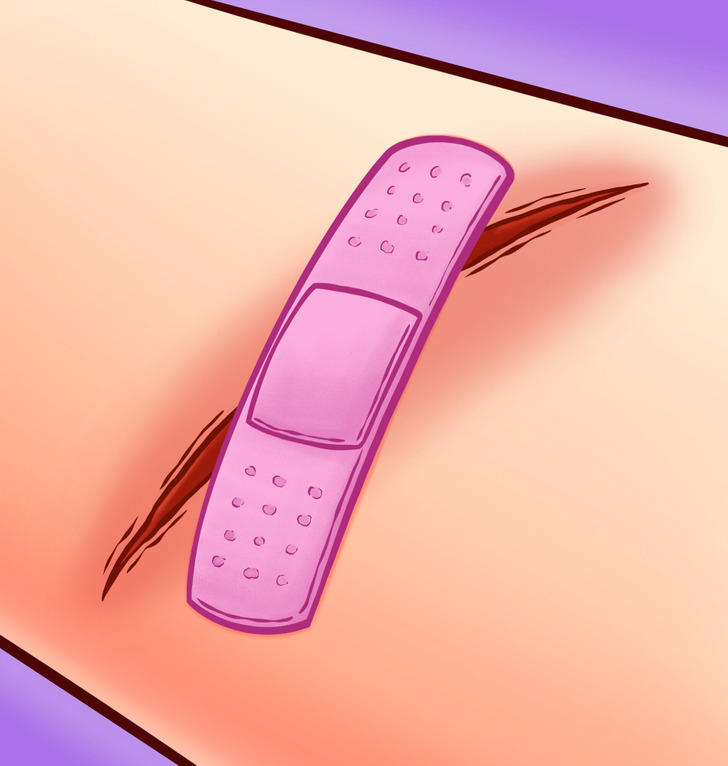
When your blood sugar stays high for too long, it can slow down your body’s natural healing powers. That’s because it can damage the blood vessels that carry oxygen and nutrients where they’re needed, including to your skin. With poor circulation, cuts, scrapes, and bruises can take much longer to heal.
On top of that, high blood sugar can weaken your immune system, making it tougher to fight off infections. This means even small wounds can become a bigger problem and stick around longer than they should.
Nannies see and experience things most people never do, and their stories can range from heartwarming to downright bone-chilling. In this link, we’ve rounded up 10+ true stories from nannies that sound like they were pulled straight out of a suspenseful horror movie.
Comments
Okay I'm going to see my doctor now
Related Reads
10 Stories That Prove Parents Would Move Mountains for Their Kids

I Refused to Choose Which Grandchildren to Love
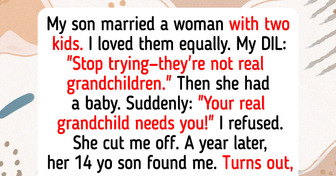
My MIL Demanded Rent for a House That Isn’t Hers, I Turned the Tables

12 People Who Still Chose Kindness Even When the World Turned Cold
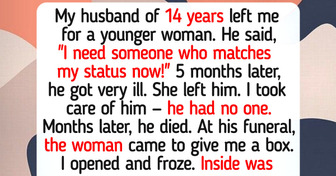
I Refuse to Watch My Ex-Husband’s New Wife Raise My Children

My DIL Excluded Me From Gender Reveal Party, Saying I’m "Not Family"—Big Mistake

I Refuse to Be My Family’s ATM Just Because I’m “the Successful One”

I Refused to Let My MIL Own My Family Budget, Now My Marriage Is on Thin Ice

I Canceled Paying for My Grandson’s Life Costs, and He Turned My Kindness Into a Price

I Refused to Follow My MIL’s Rules, I’m an Adult, Not a Toddler
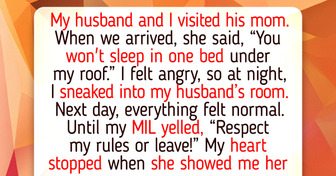
I Refuse to Let My Father’s Secret Love Child Steal My Inheritance

12 Unseen Sacrifices Moms Make to Put Their Kids First

